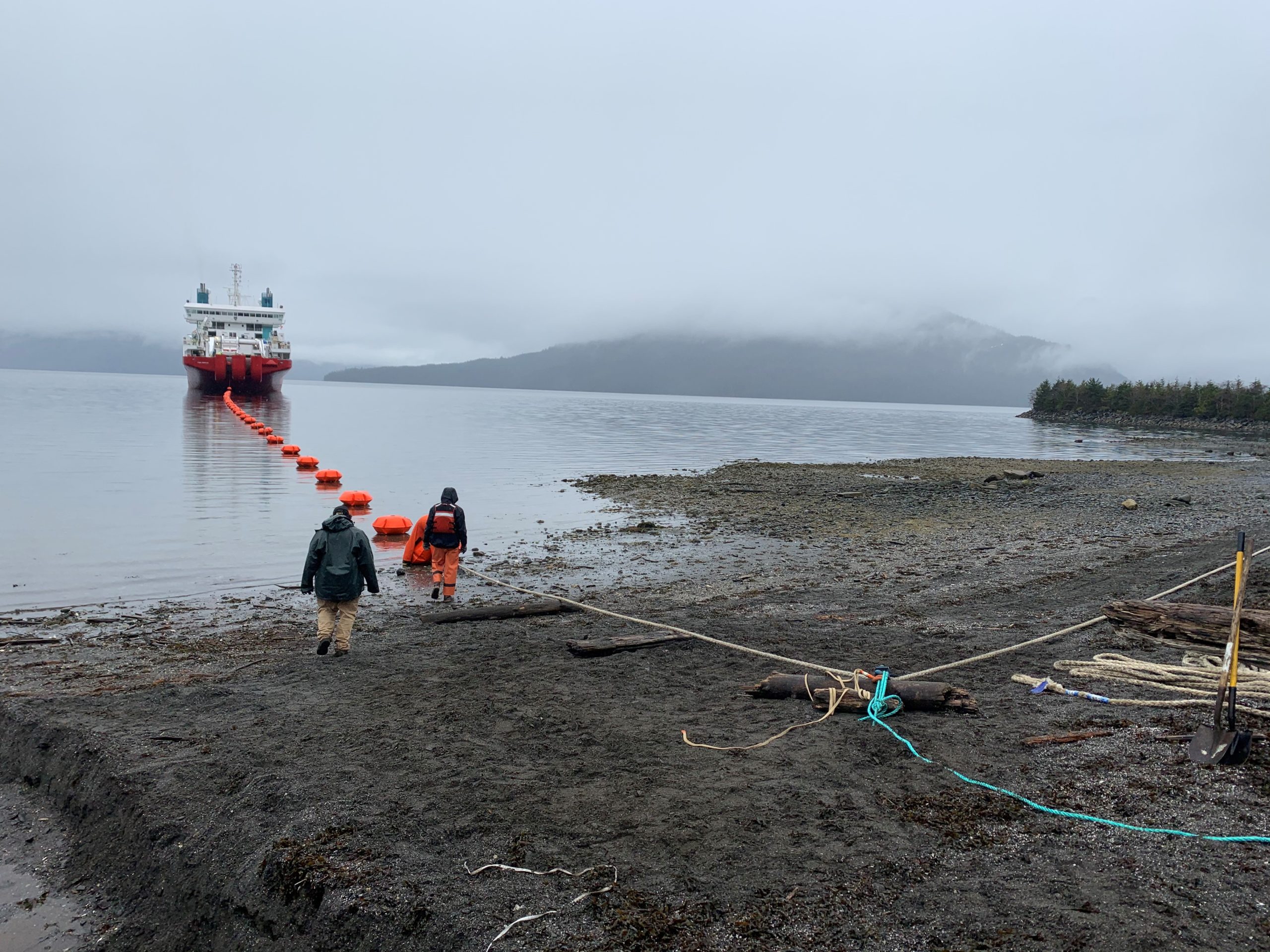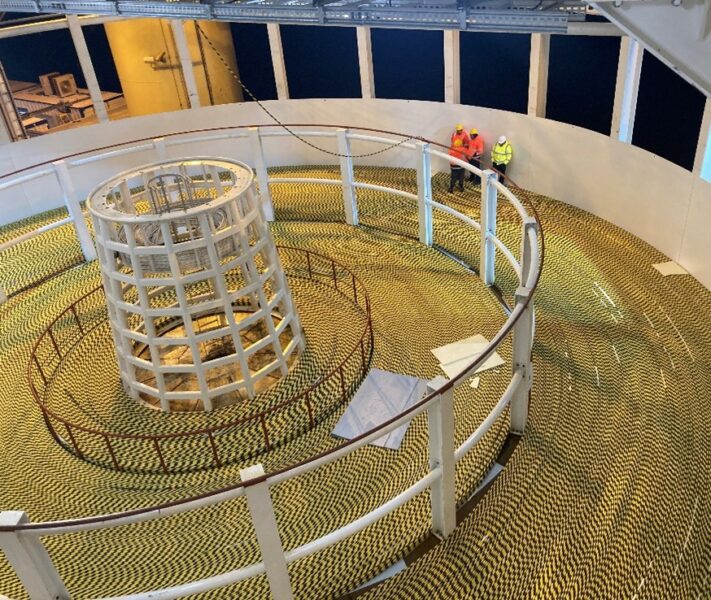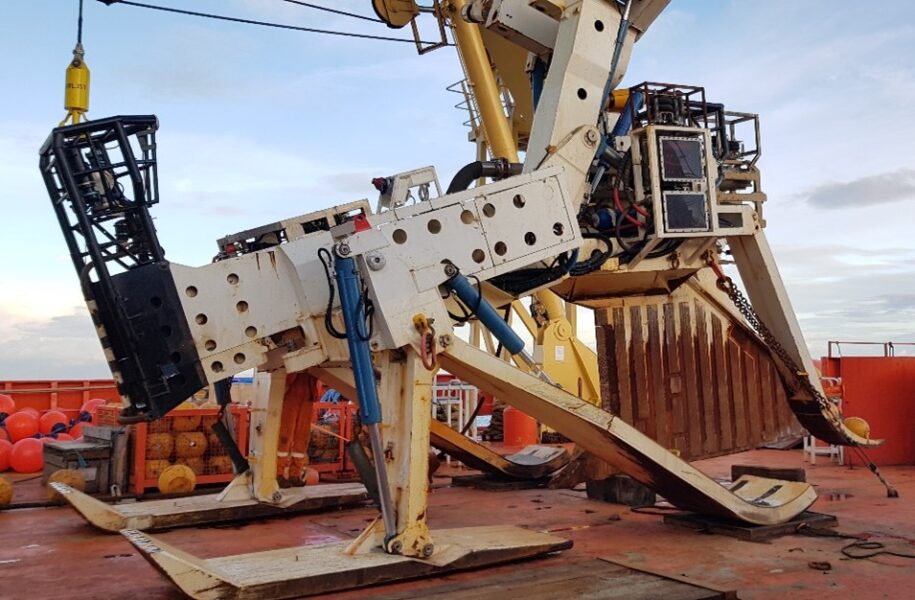Contact Us
Thursday 20th June 2024 | Blog written by Rebecca Firth, OiQ Route Engineer & Project Assistant

Deploying submarine cables involves several stages including route planning, marine survey, operational permitting, cable system design, cable manufacturing, marine lay and commissioning. OceanIQ regularly support our sister company Global Marine, also part of the Global Marine Group, with consultancy and route engineering services related to survey and installation.
Long before a single cable touches the seabed, OceanIQ undertakes extensive planning, paving the way for the installation phase. Designing the optimal route is a critical step that balances technical, environmental and economic considerations. A desktop study involves a comprehensive review of marine charts, geological surveys and historical data to understand the seabed’s conditions. The cable route is designed to mitigate potential environmental impacts, by routeing around protected areas or implementing cable burial techniques to reduce disruption. After the completion of a desktop study, the journey of designing and deploying a submarine cable transitions from theoretical planning to practical execution.
Cable Loading & Mobilisation
Once the cable system design is finalised and the route survey is complete, the manufacture of the cable commences. When manufacture of the cable is complete, the cable is loaded onto the cable laying vessel from a cable storage facility. The cable is typically loaded onto a cable drum on the vessel, which is used to spool the cable out during installation. The cable laying vessel will transit to the project site once mobilisation is complete.

Figure 1: Cable Tank on vessel
Pre-Lay UXO Survey
Unexploded ordnance (UXO) should always be avoided as it creates major installation challenges and may require carrying out additional UXO risk assessments and surveys if the cable is to be laid in an area with a UXO risk. High-resolution pre-lay UXO surveys may be performed with geophysical and geotechnical equipment and complemented by video inspections to verify the seabed conditions prior to cable installations.
Route Clearance
Following the pre-lay UXO survey, the cable route must be cleared of the any end-of-life cables identified during the marine survey and Desktop Study. These out-of-service cables may endanger the new cable or the plough during burial operations.
Pre-Lay Grapnel Run (PLGR)
The seabed is filled with boulders, debris and other irregularities. It is best practice to undertake the PLGR immediately prior to the cable lay operation. The ship dredges a grapnel along the cable route to clear any obstacles that could obstruct the plough, such as fishing nets, ropes, lines. All refuses as a result of the PLGR are recycled according to current standards.
Main Cable Lay & Burial
Once the cable route has been cleared, the cable lay operations can begin. The cable laying vessel travels along the cable route as engineered by OceanIQ, laying the cable onto the seabed as it goes. The cable is typically fed out of the cable tanks and into a chute that guides the cable as it leaves the ship, ensuring it lays into the correct position on the seabed.
The preferred option in shallow water is to bury the cable under the seabed to protect it from potential damage by commercial fishing or ship’s anchors. The usual and most efficient method for cable burial is using a cable plough which is towed on the seabed behind the cable laying vessel. The cable passes through the plough which lifts a wedge of sediment so that the cable can be inserted below, consequently minimising seabed disturbance to a very narrow corridor.

Figure 2: Cable Plough
Shore Ends
The shore end is the section of cable laid in shallow waters near the cable landing point where the main lay vessel cannot operate.
There are two types of shore ends:
In the shallow waters of the shore approaches, burial is carried out by divers near to the landing site.
Post-Lay Inspection & Burial (PLIB)
Post-Lay Inspection and Burial (PLIB) is the last step of the cable installation process during which a Remote Operated Vehicle (ROV) inspects to ensure the proper laying and burial of the cable in the seabed has taken place. The amount and locations of the buried cable to be inspected are determined based on the performance of the main lay operations but routinely occurs within zones of cable crossings. The ROV typically uses a jetting tool to bury the cable to the required depth.
